Heterogeneous catalytic hydrogenation stands as a cornerstone process in the realm of chemical transformations, offering a versatile means of synthesizing a plethora of valuable compounds. Unlike homogeneous catalysis, where the catalyst exists in the same phase as the reactants, heterogeneous catalysis involves a catalyst that exists in a different phase from the reactants. In the case of heterogeneous catalytic hydrogenation, a solid catalyst facilitates the addition of hydrogen to unsaturated compounds, leading to the formation of saturated products. This process finds extensive application in industries ranging from pharmaceuticals to fine chemicals and fuel production. For instance, in pharmaceutical synthesis, heterogeneous catalytic hydrogenation plays a pivotal role in the manufacture of drugs by enabling selective reduction of functional groups. Similarly, in the realm of fuel production, this process is utilized for upgrading biofuels and refining petroleum fractions to improve their quality and properties.
The mechanism of heterogeneous catalytic hydrogenation typically involves the adsorption of reactant molecules onto the catalyst surface, followed by the dissociation of hydrogen molecules and subsequent reaction with the adsorbed species. The choice of catalyst greatly influences the efficiency and selectivity of the process. Common catalysts include transition metals such as palladium, platinum, and nickel, supported on various substrates like carbon, alumina, or zeolites. Despite its widespread use and effectiveness, challenges persist in optimizing heterogeneous catalytic hydrogenation processes. Catalyst deactivation due to poisoning or fouling, as well as mass transfer limitations, are among the key hurdles faced by researchers and engineers. Addressing these challenges requires a deep understanding of catalyst design, reaction kinetics, and reactor engineering.
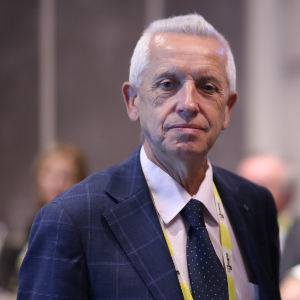
Stanislaw Dzwigaj
Sorbonne University, France
Dai Yeun Jeong
Asia Climate Change Education Center, Korea, Republic of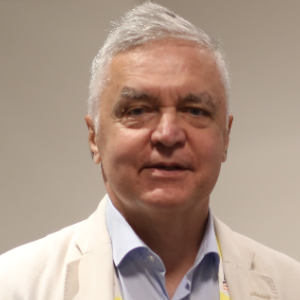
Sergey Suchkov
N.D. Zelinskii Institute for Organic Chemistry of the Russian Academy of Sciences, Russian Federation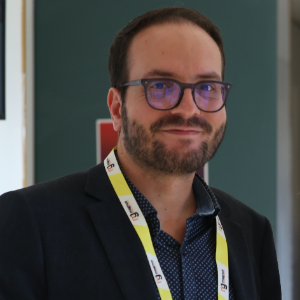
Enrico Paris
CREA-IT & DIAEE, Italy
Rabeharitsara Andry Tahina
GPCI-ESPA Antananarivo University, Madagascar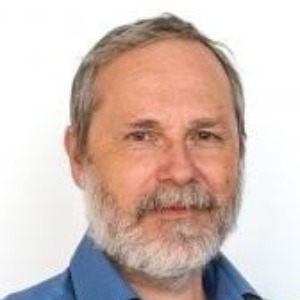
Jiri Dedecek
J Heyrovsky Institute of Physical Chemistry , Czech Republic
Uday Som
Research and Development Engineer, Japan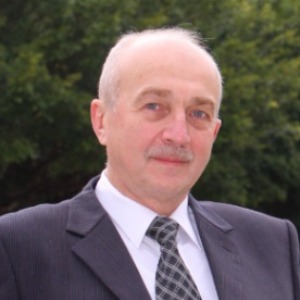
Vladimir G Chigrinov
Hong Kong University of Science and Technology, Russian Federation



Title : Distant binuclear vanadium V(II) cationic sites in zeolites and their reactivity
Jiri Dedecek, J Heyrovsky Institute of Physical Chemistry , Czech Republic
Title : Advanced nanostructures for carbon neutrality and sustainable H₂ energy
Tokeer Ahmad, Jamia Millia Islamia, India
Title : Personalized and Precision Medicine (PPM) as a unique healthcare model via bi-odesign, bio- and chemical engineering, translational applications, and upgraded business modeling to secure the human healthcare and biosafety
Sergey Suchkov, N.D. Zelinskii Institute for Organic Chemistry of the Russian Academy of Sciences, Russian Federation
Title : Antibody-proteases as a generation of unique biomarkers, biocatalysts, potential targets and translational tools towards nanodesign-driven biochemical engineering and precision medical practice
Sergey Suchkov, N.D. Zelinskii Institute for Organic Chemistry of the Russian Academy of Sciences, Russian Federation
Title : Dimethyl ether synthesis from syngas over Cu-Zn/Al2O3 catalysts prepared using the Sol-Gel method
Uday Som, Research and Development Engineer, Japan
Title : Influence of various catalysts on H₂ enhancement and CO2 capture during syngas upgrading
Enrico Paris, CREA-IT & DIAEE, Italy
Title : Photoaligned azodye nanolayers : New nanotechnology for liquid crystal devices
Vladimir G Chigrinov, Hong Kong University of Science and Technology, Russian Federation
Title : Application of vanadium, tantalum and chromium single-site zeolite catalysts in catalysis
Stanislaw Dzwigaj, Sorbonne University, France
Title : Advances in heterogeneous catalysis for green conversion of propene to aldehydes and alcohols
Ram Sambhar Shukla, CSIR-Central Salt and Marine Chemicals Research Institute (CSMCRI), India
Title : Oxidation of methane to methanol over pairs of transition metal ions stabilized in the zeolite matrices
Jiri Dedecek, J Heyrovsky Institute of Physical Chemistry , Czech Republic